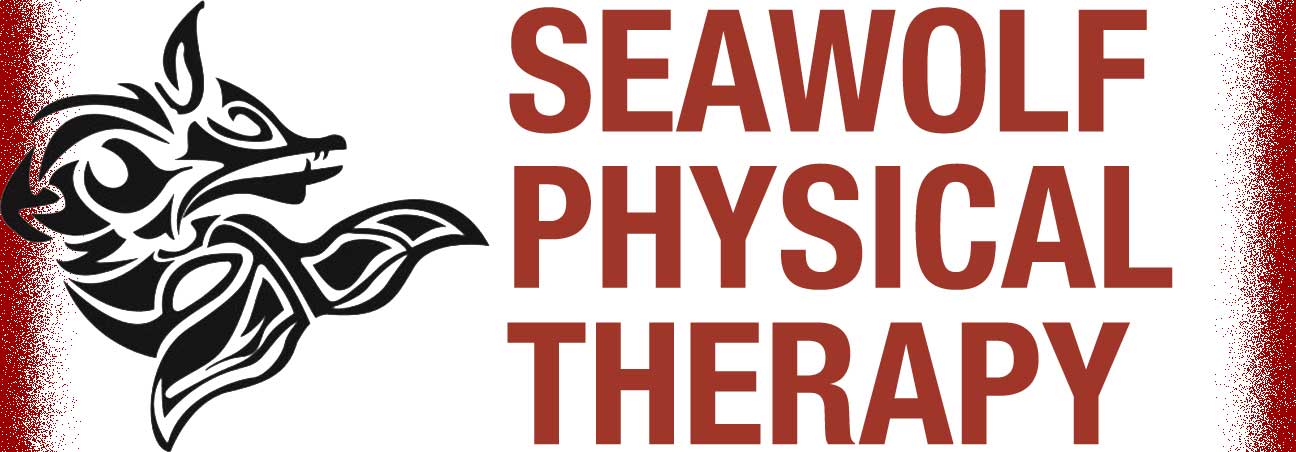|
Dynamic Taping
Developed by Korre Pieper, PT, Osteopractor
| Gastrocnemius injury with or without heel
cord injury: In this method a semi-elastic tape
is applied from the mid-foot proximally towards the center point
between the two heads of the gastrocnemius (this may be applied
more medially or laterally depending on the patient’s area
of injury. An optional peroneal bolster may be applied
if necessary as you can see in these pictures. This tape
is left in place for several hours to several days. Care
needs to be taken to keep the tape dry from showers. |
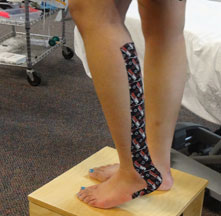 |
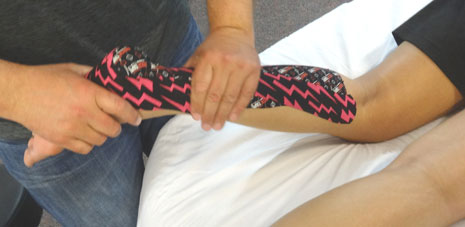 |
| Inversion sprain care: (rolling your
ankle under you – the low ankle sprain) Acute
phase: A Non-elastic tape is applied to approximate the
injured ligament and provide non-circumferential compression
to the injury site. The ankle receives a classic boot strap(s),
as well as a non-circumferential anchor at the mid-tibial shaft. The
tape may also be redirected in a “half 8” pattern
being careful not to impinge the extensor hallucis of the great
toe….these may receive bracing along the lower tibia to
prevent tape rolling. This tape initially will need to
be changed out within 48-72 hours as swelling comes down. As
you can see the tape is not applied in a completely continuous
manner |
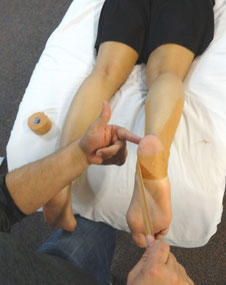 |
| around the lower leg allowing for improved vascularity
and better comfort for the patient. The non-elastic tape is tough,
it can take a beating, getting it wet will reduce the life of the
tape so do take care not to get it out-right wet if you can. |
| Dynamic
phase: The same method of taping may be applied as in the
acute phase but with semi-elastic tape or a combination of semi-elastic
tape and non-elastic tape. During the phase there is a
graduated, and still protected return to sport. |
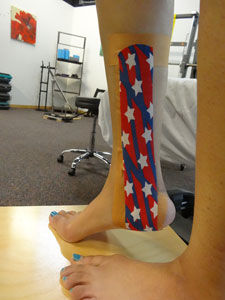 |
Distal Anterior Tib-Fib ligament sprain: (The
High Ankle Sprain)
This is the bane of athletes who must push off with their feet (jump,
run, skate), taking months to heal without proper protection. This ligament
keeps the distal end of the tibia and fibula in contact with each other….when
injured…little to no weight can be mustered through the foot without an
exquisite amount of pain involved. This severely limits participation. The
classic method of taping required circumferential taping of the ankle and limited
blood flow to the foot, placing a potential risk to the athlete’s
health. The method used here is thatch-weave style of non-elastic tape
in a non-circumferential manner. The tape is applied to limit it’s
intrusion of the extensor hallucis. The bones of the tibia and fibula are
pulled towards each other to reproduce the natural syndesmosis. |
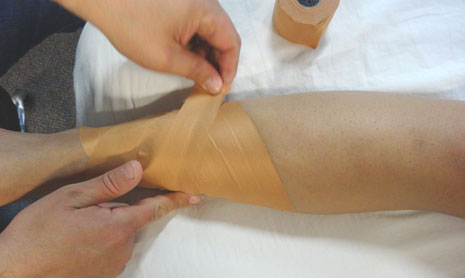
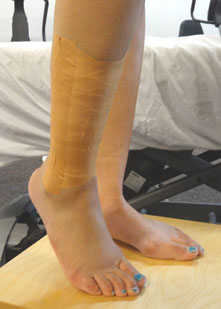 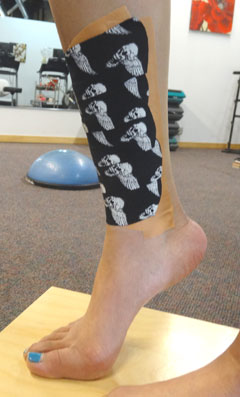
(Some patients find the non-elastic tape a bit aesthetically bland
so some colorful tape can be added to the area as well). Blood
flow is intact throughout the foot protecting the athlete and
allowing maximal healing to occur.
|
|
